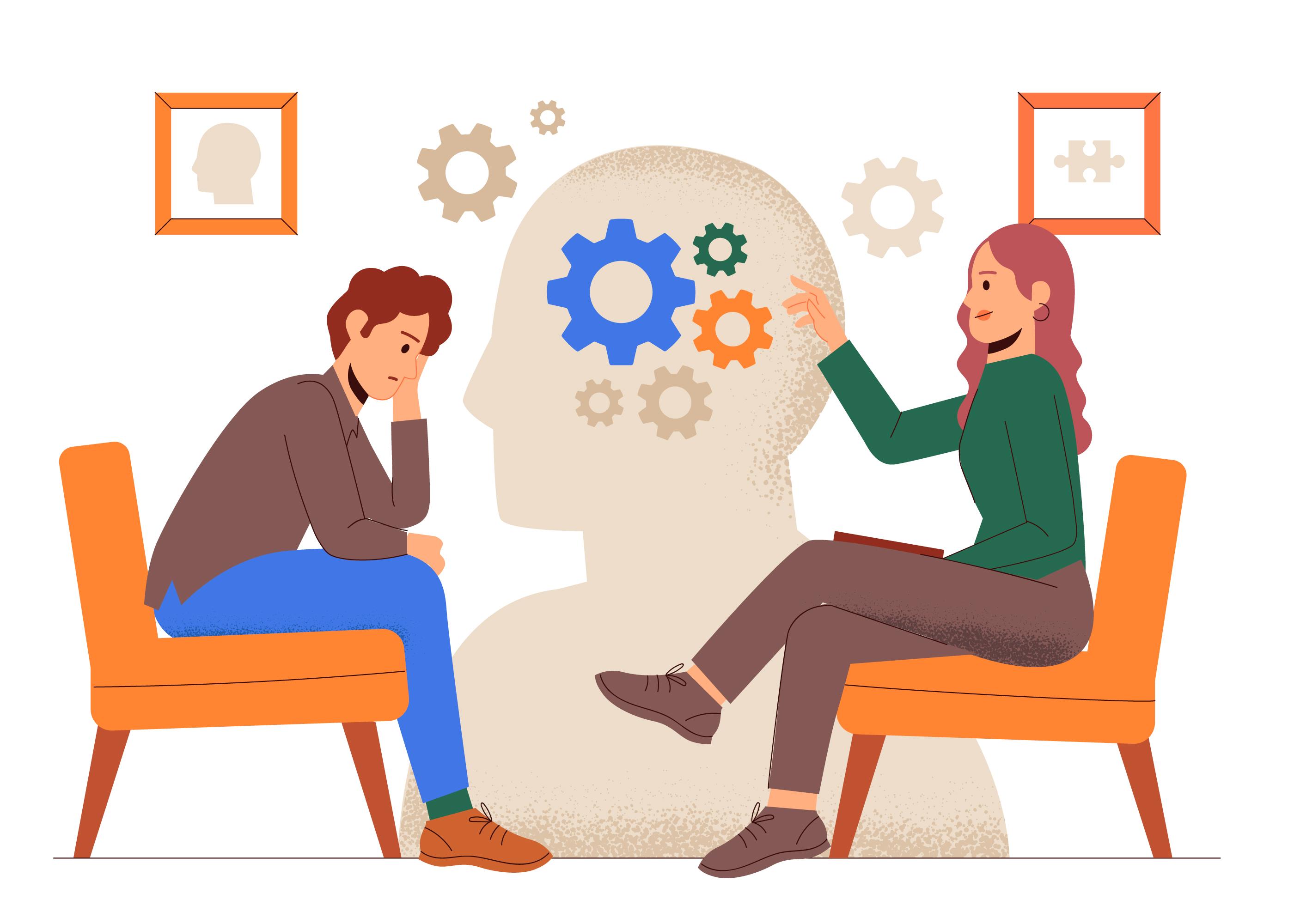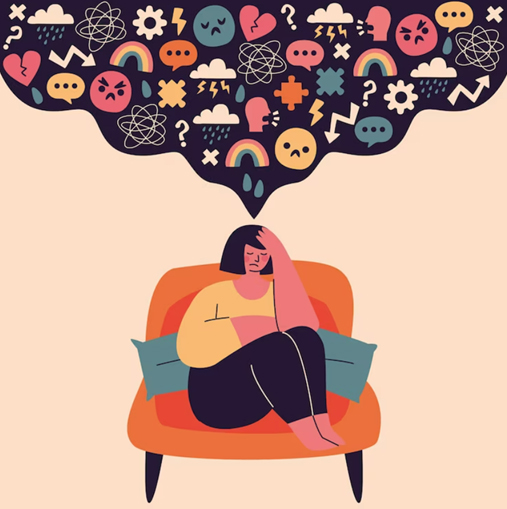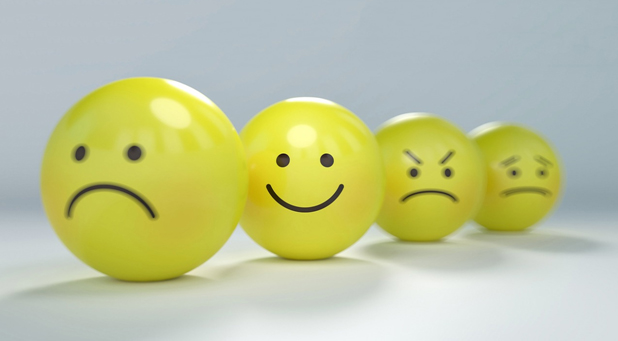
Positive vs negative thoughts:
The Spectrum of Positive and Negative Thoughts
Positive and negative thoughts are two sides of the same coin. They are both a part of our daily lives and can have a significant impact on our mental health. Positive thoughts can make us feel happy, confident, and motivated, while negative thoughts can make us feel sad, anxious, and depressed.
Research has shown that negative thoughts can have a more significant impact on our mental health than positive thoughts1. Negative thoughts can trigger areas of the brain that cause depression and anxiety, while positive thoughts can trigger chemical changes that lead to feelings of happiness and satisfaction2.
However, it’s important to note that negative thoughts are not always bad. They can help us identify problems and motivate us to take action. For example, if you are feeling unhappy with your job, negative thoughts can help you identify what is causing your unhappiness and motivate you to find a new job.
On the other hand, positive thoughts can also be problematic if they are unrealistic or overly optimistic. Unrealistic positive thoughts can lead to disappointment and frustration when things don’t go as planned. It’s important to maintain a balance between positive and negative thoughts, and to be realistic about our expectations.
It’s also important to note that positive and negative thoughts are not mutually exclusive. We can experience both positive and negative thoughts at the same time. For example, if you are feeling anxious about an upcoming exam, you might also feel excited about the opportunity to show what you know.





